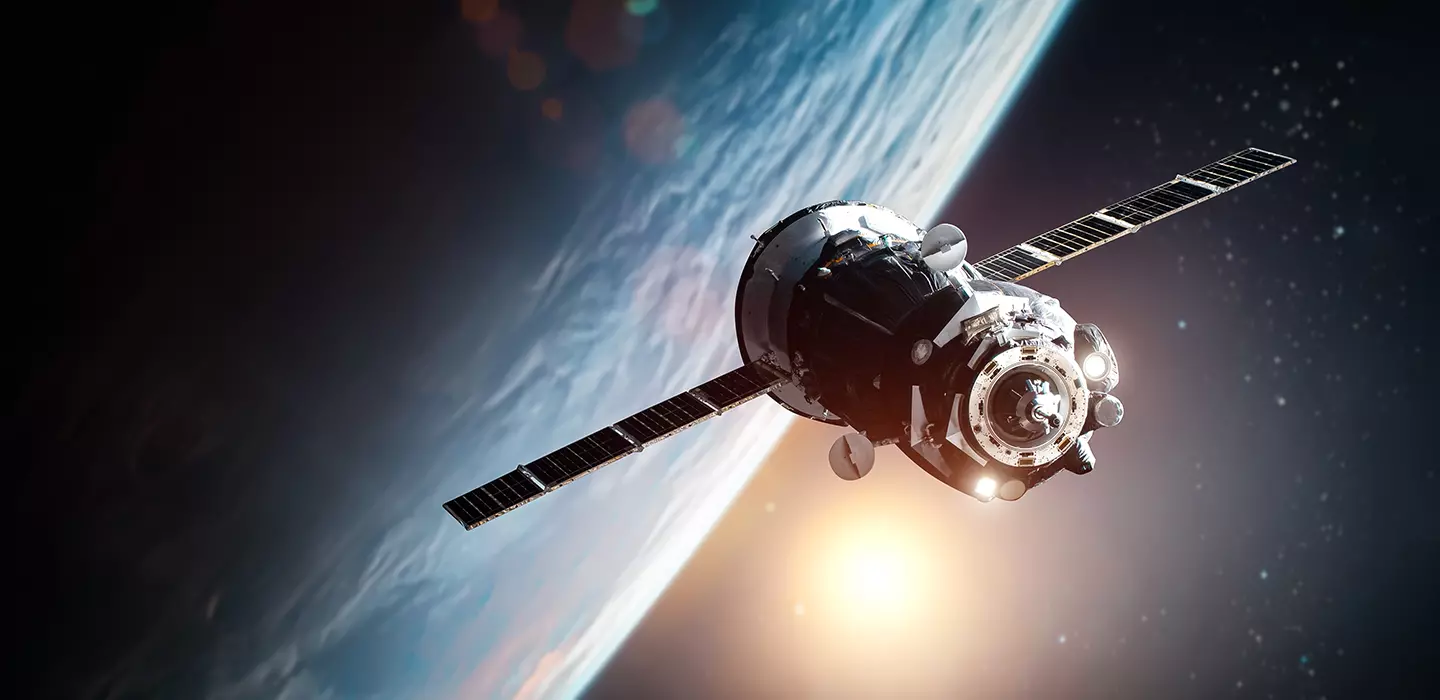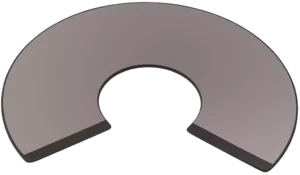
Space Research
Microchannel plate photon counting detectors have been successfully used in a large number of space missions. Their advantages include high reliability, low power consumption, light weight, immunity to space radiation environment, solar blindness and high temporal and spatial resolution.
International practices of the application of MCP detectors in space missions.
The All Sky Monitor M-2 (ASM M-2) project aboard the International Space Station for X-ray astronomy
The main idea of this project is to create a planar detector based on silicon drift detectors, operating in the energy range of 1-30 keV. It is planned to use a collimator based on microchannel plates in order to limit the field of view of the instrument to 0.5-1 degrees.
Space-based scientific instruments developed at the Skobeltsyn Institute of Nuclear Physics, Moscow State University
Secondary electron multiplier SEM 7B by VTC Baspik based on a microchannel plate assembly is used in the SKIF-HE integrated particle radiation spectrometer. The device is installed on 3 types of spacecraft: Meteor, Electro, Arktika 7, and is used for monitoring the state of the space environment such as solar proton flux, magnetosphere, geomagnetic disturbances and storms.
Solar Probe Plus
The NASA Integrated Science Investigation of the Sun (IS☉IS) instrument is designed to measure energetic electrons, protons and heavy ions. The instrument set includes two independent instruments: EPI-Hi and EPI-Lo for studying higher and lower energy particles.

VTC Baspik in collaboration with the University of California produced a custom curved microchannel plate for the experimental design of the Parker Solar Probe.
Информация: Solar Probe Plus
The scientific equipment set for studying transient atmospheric phenomena (TAP) in the UV and optical ranges
The scientific equipment set for studying transient atmospheric phenomena (TAP) in the UV and optical ranges includes a spatially sensitive spectrometer which is a small refracting telescope (SRT) with high temporal resolution for measuring the spectrum of optical radiation of TAP and lightning and an UV- and IR-radiation detector. The optical detector based on a microchannel plate provides detection of radiation in the range from far UV to soft X-rays.
Spectrum-UV project
The Spectrum-UV project creates unique scientific instruments designed for spectral observations of point objects in the range of 110-320 nm with high resolution (resolving power R >50000). Such resolving power provides a detailed analysis of the physical and chemical properties of stars and other point sources. These functions in the Spectrum-UV project are performed by high-resolution VUVES and UVES spectrometers (vacuum ultraviolet echelle spectrometer and ultraviolet echelle spectrometer, respectively). The Vacuum Ultraviolet Echelle Spectrometer for use in the 110-176 nm spectral range includes microchannel plates. The Field Camera Unit (FCU) is one of the main scientific instruments of the Spectrum-UV project and is intended for obtaining high-quality direct images of space objects in the UV range using light filters, as well as for obtaining images in low-resolution field spectroscopy mode. Some of the main scientific tasks for which the FCU is designed are galaxy formation, Milky Way formation and evolution, physics of accretion and outflows, atmospheres of the Solar System planets and exoplanets, astrochemistry in the presence of strong UV radiation fields.
Longxia Yan-1 или Lobster Eye-1
Longxia Yan-1 or Lobster Eye-1, also called Longxia Yan-X Shexian-1 or Lobster Eye X-Ray Exploration Satellite, is a small satellite designed to demonstrate the Lobster-Eye focused X-ray detector. Lobster Eye X-ray optics uses microchannel plates as a kind of X-ray equivalent of optical fibers to produce a wide field of X-ray sky images.
Indo-Russian SING spectrometer project for installation aboard the Chinese modular space station (CSS)
Indo-Russian SING spectrometer project for installation aboard the Chinese modular space station (CSS). It consists of a long dumbbell slit and a flat holographic concave grid. The radiation detector is designed on the basis of microchannel plates.